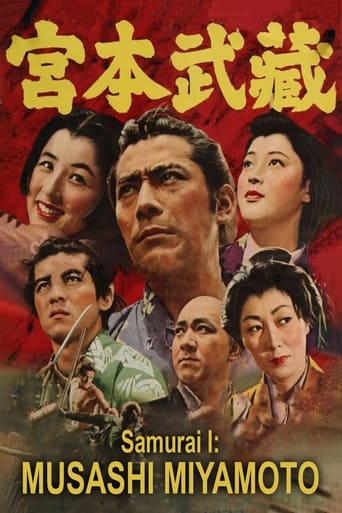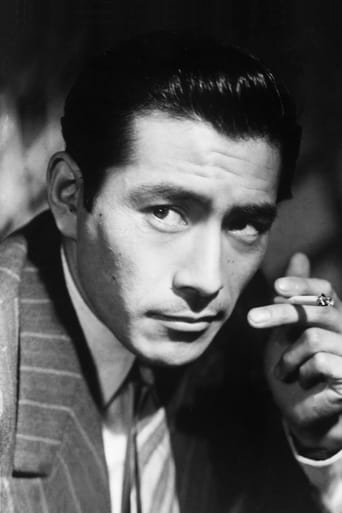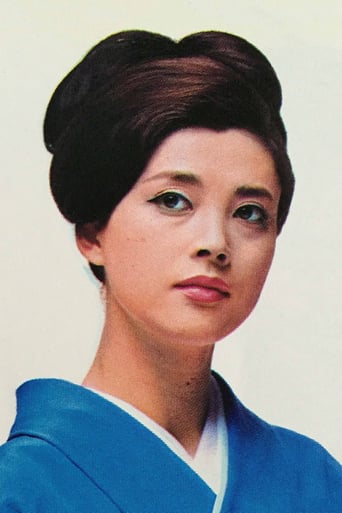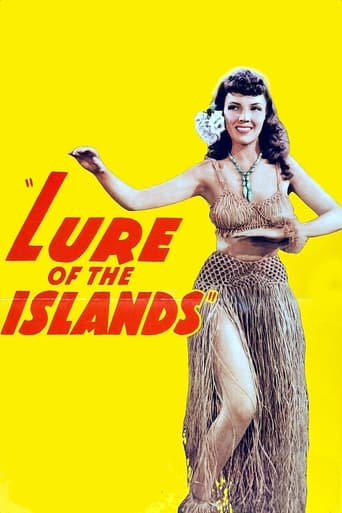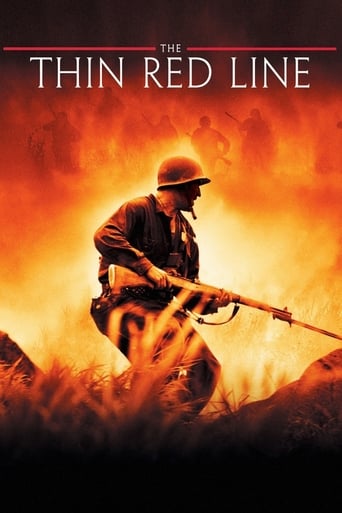Samurai I: Musashi Miyamoto (1954)
Struggling to elevate himself from his low caste in 17th century Japan, Miyamoto trains to become a mighty samurai warrior.
Watch Trailer
Cast


Similar titles
Reviews
How sad is this?
Good concept, poorly executed.
It's easily one of the freshest, sharpest and most enjoyable films of this year.
It's the kind of movie you'll want to see a second time with someone who hasn't seen it yet, to remember what it was like to watch it for the first time.
The strengths of this movie are a simple story with wonderful characters set to a background of beautiful scenery and costumes using skillful cinematography. Unlike today's movies with emphasis on action, special effects and fast cuts to move the story along, this movie unfolds its drama at a leisurely pace and introduces us to the title characters so we feel well acquainted with them.Samurai I sets the foundation for the story. It introduces us to Musashi, Otsu, Matahachi and his mother, and Akemi and her mother. There is also a priest named Takuan who captures a youthful Musashi in order to break his wild, free spirit. Matahachi is Musashi's friend who is set to marry Otsu, but the civil war in Japan during that time separate them and put their plans on hold. What drives the first part of the trilogy are the characters, especially the rambunctious Musashi and what he does for his friend Matahachi and his mother. Musashi is an orphan and has grown tired of his existence as a farmer in Miyamoto village. He longs to become a great warrior by joining the civil war. What impressed me was the acting of Toshiro Mifune. He portrays a young and wild Musashi in Part I and the viewer is easily drawn to believe in his portrayal. In Mifune, we can see what the young Musashi is thinking and feeling about what is happening around him. Part I ends with Musashi professing his love for Otsu, but also leaving her in order to further his warrior training.Samurai II is again driven by its characters, but this time the cinematography opens up to show us breathtaking scenery and backgrounds. The background and costumes of Japan during medieval times make for a very Zen-like and peaceful atmosphere despite the story is about fighting and developing the warrior's skills. The love story between Musashi and Otsu as well as Akemi continue. Mifune shows us Musashi getting more mature and developing as a swordsman. Musashi is torn between his love for the sword and for Otsu. We are also introduced to another important character in Part II, Kojiro Sasaki. Kojiro is an interesting character. He's seen as an actor by people who are familiar with him. He certainly has a flair for the dramatic, but is one who has ambitions to become a great swordsman in his own right. Kojiro seeks fame and fortune, but wants to do it his way. His tastes are different from the simpler Musashi, and each character is developed to portray them as very strong individuals.Samurai III shows us the final battle at last between Musashi and Kojiro and is easily the most artistic of the trilogy. Both characters have grown to appreciate each other in their skills with the sword, and with it they have used the other to better themselves in their skills. Each are different individuals with different goals, but their motivations to become the best fencer in Japan are the same. Musashi was about to duel Kojiro to the death early in Part III, but decided at the last minute that there were things in life he still wanted to do. He returns to his roots -- the soil and does some farming again. The best part of Part III is the duel scene at Ganryu Island. The final scenes with Musashi and Otsu and the climactic battle between Musashi and Kojiro are shot beautifully. One can see the painful detail it must took to capture the right light and color for those scenes.Early in his career, director Hiroshi Inagaki trained as a painter. In the Samurai Trilogy, one can appreciate his use of color and composition of the scenes, e.g. the bridge scenes in Samurai I, the opening title sequences in II or the final battle scene in III. The cinematography was wonderful in framing a shot to show the artistry of those scenes. One would have to have an understanding of color, hue and texture to get all the dramatic effects the scenes achieved.I saw the Criterion version and can accept some of the change of light and fuzziness in the film because of the age, but I do have to complain about the darkness, especially in the fight scenes of Part II. The filtering of the shots made it almost incomprehensible to see the action on the screen. I was thinking why didn't they fight in the daytime, but then it wouldn't have been as authentic I suppose. However, the quality and artistry of the finale in Part III makes up for the digression in Part II.
Toshiro Mifune (of Akira Kurosawa fame) stars as Takezo. A young man who seeks fame as a warrior. He and his friend Matahachi join to fight in a civil war. When their "platoon" (for lack of a better term due to my lack of Japanese warfare knowledge) is wiped out, the two young men confide in the help of two women.The two women rob the dead bodies of Samurai. When a group of bandits wants to cash in on their treasure, Takezo fights off and kills the bandits. When Oko (the mother of the two women) observes this, she falls for Takezo. When he refuses and runs off, she tells Akemi and Matahachi that Takezo forced himself, and she refused. So, Akemi, Oko, and Matahachi leave. Only for Takezo to return to an empty home. Takezo tries to return to his home village to let Matahachi's fiancé and mother know that he is still alive. When he is accused of leaving Matahachi for dead he is pursued by the town in a manhunt. Otsu, Matahachi's fiancé, learns of Matahachi's marriage to Oko. She eventually falls for Takezo. During all this, Takezo is capturd by a Buddhist monk. Only part of the monk's larger scale plan of eventually moralizing and training Takezo. Thus, Takezo becomes the film title, Miyamoto Musashi.An excellent and colorful film. Toshiro Mifune excels as Takezo. He proves that he is up to play any type of character. His character is somewhat similar to that of his character in Seven Samurai. Ambitious, but not as strong and mature as he should be for a samurai.If you don't know too much about classic samurai cinema, this is a good place to start (this is part one in a trilogy of three films). With his short running time and color film, it may help you break into the other samurai classics that are in B&W (Kurosawa's Seven Samurai, Yojimbo/Sanjuro, etc.,).As a note, this won of the Academy Award for Best Foreign Language Film in 1955.
I must admit that I came in search of info about this trilogy after watching a promo on the History Channel for the new Tom Cruise movie, "The Last Samurai". It had slipped my mind over the past few years, but the "Samurai" trilogy was at the top of my list of recommendations to friends for martial arts movies for years after I rented and watched it about 15 years ago when a now defunct video store had it in stock. I haven't seen the Cruise vehicle, and don't know what I will think of it when I do, but I'm happy it was made simply because it made me recall this series, which I see is available on DVD. I will definitely buy all three movies now that I know where to find them again.
The first of a trilogy that really should be viewed as a whole. This elegant film tells of the very humble beginnings of Miyamoto Mushashi, who has become a paragon of Bushido and Giri. A Samurai's Samurai.However, you have no inkling of this at the beginning of the movie. What we see is dirt and squalor and a desperate chance to get out from beneath the mud. It all goes wrong and things look desperate.As the movie progresses in the slow, methodical, often obtuse, Japanese fashion we become engrossed in the plot and the lives of our protagonists. Toshiro Mifune shows a vast range of emotion, power and character growth in these this movie. To get the full flavour of the story you must also watch the next two movies in this trilogy (2) "Duel at Ichijoji Temple"(1955) (USA)and (3) "Duel on Ganryu Island" (1956)(USA.

